CD3ζ ITAMs enable ligand discrimination and antagonism by inhibiting TCR signaling in response to low-affinity peptides
- PMID: 37945821
- PMCID: PMC11482260
- DOI: 10.1038/s41590-023-01663-2
CD3ζ ITAMs enable ligand discrimination and antagonism by inhibiting TCR signaling in response to low-affinity peptides
Erratum in
-
Publisher Correction: CD3ζ ITAMs enable ligand discrimination and antagonism by inhibiting TCR signaling in response to low-affinity peptides.Nat Immunol. 2024 Mar;25(3):579. doi: 10.1038/s41590-023-01725-5. Nat Immunol. 2024. PMID: 38057618 No abstract available.
Abstract
The T cell antigen receptor (TCR) contains ten immunoreceptor tyrosine-based activation motif (ITAM) signaling sequences distributed within six CD3 subunits; however, the reason for such structural complexity and multiplicity is unclear. Here we evaluated the effect of inactivating the three CD3ζ chain ITAMs on TCR signaling and T cell effector responses using a conditional 'switch' mouse model. Unexpectedly, we found that T cells expressing TCRs containing inactivated (non-signaling) CD3ζ ITAMs (6F-CD3ζ) exhibited reduced ability to discriminate between low- and high-affinity ligands, resulting in enhanced signaling and cytokine responses to low-affinity ligands because of a previously undetected inhibitory function of CD3ζ ITAMs. Also, 6F-CD3ζ TCRs were refractory to antagonism, as predicted by a new in silico adaptive kinetic proofreading model that revises the role of ITAM multiplicity in TCR signaling. Finally, T cells expressing 6F-CD3ζ displayed enhanced cytolytic activity against solid tumors expressing low-affinity ligands, identifying a new counterintuitive approach to TCR-mediated cancer immunotherapy.
© 2023. This is a U.S. Government work and not under copyright protection in the US; foreign copyright protection may apply.
Conflict of interest statement
Competing interests
G.G., J.D., C.S.H. and P.E.L. are inventors on an NIH patent using ITAM-mutated CD3ζ to enhance the function of cytotoxic T cells and other immune cells; Patent #: 63/113,428. The remaining authors declare no competing interests.
Figures

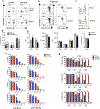
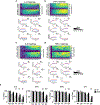


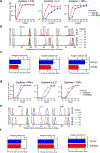

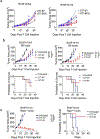

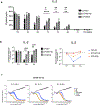



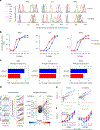

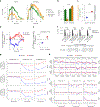
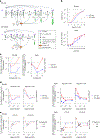
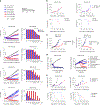
References
MeSH terms
Substances
Grants and funding
LinkOut - more resources
Full Text Sources
Other Literature Sources
Molecular Biology Databases

